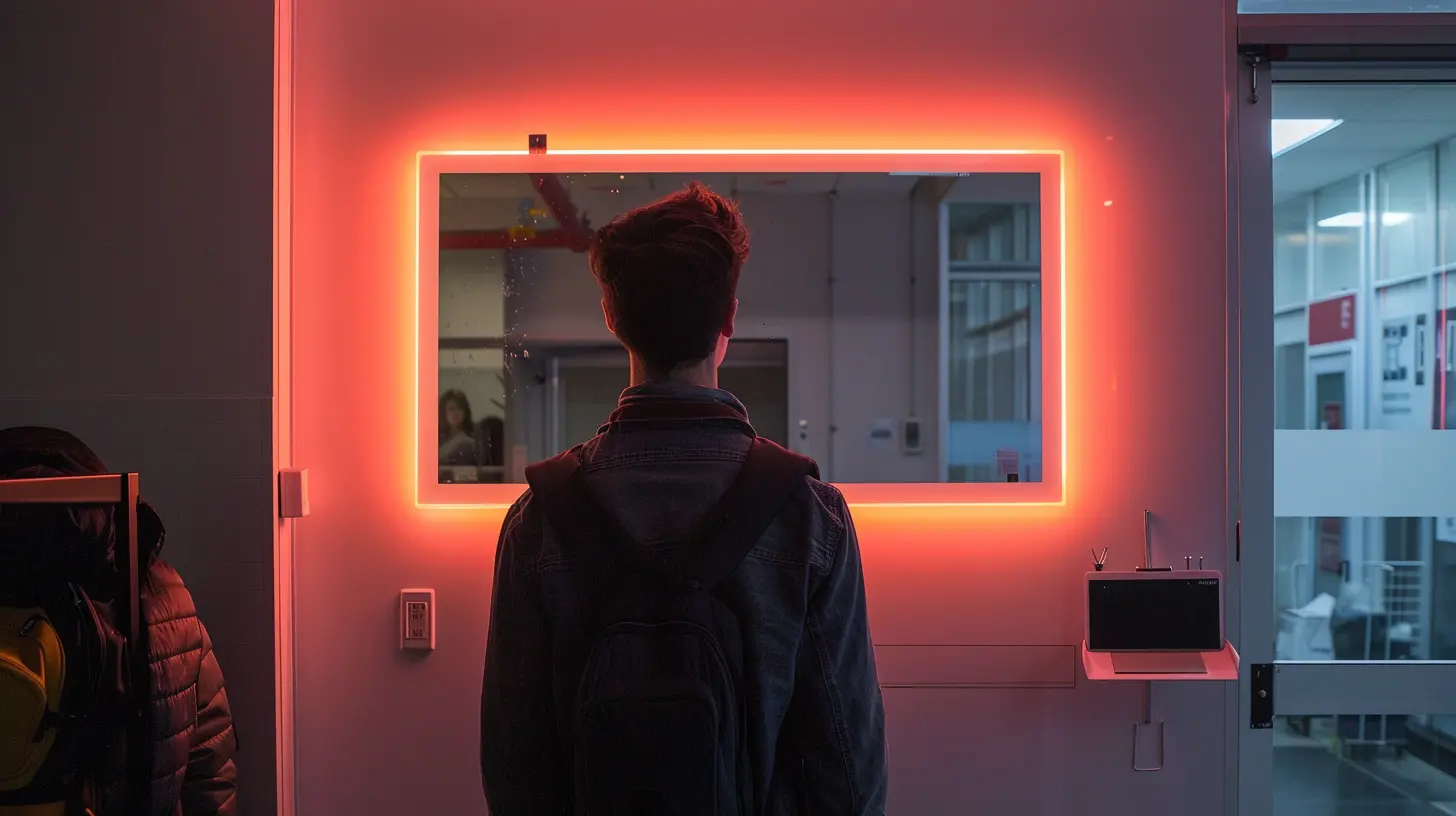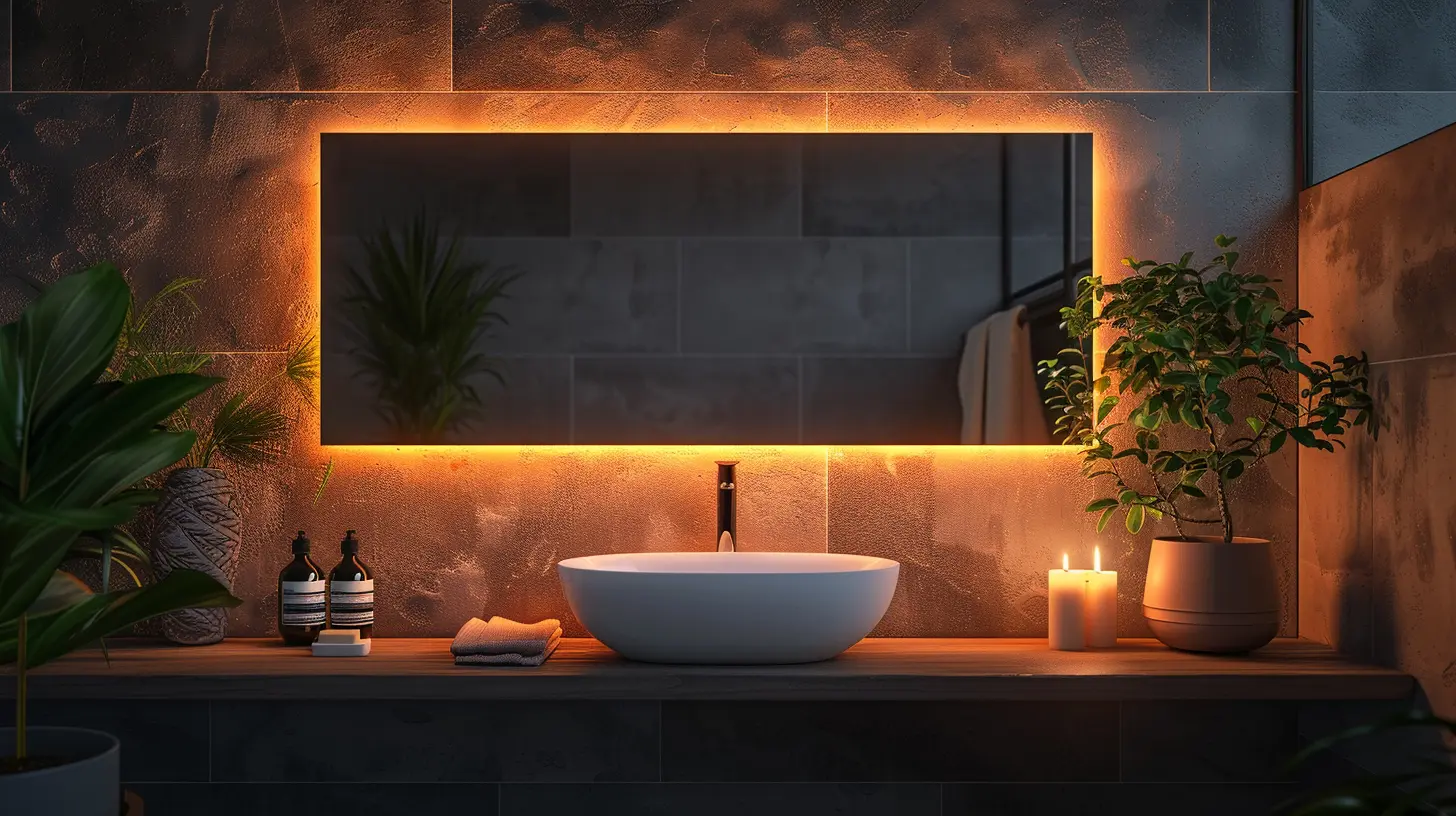How to Build a Smart Mirror Using Raspberry Pi
6 August 2025
Have you ever wanted a mirror that does more than just reflect your face? Imagine a mirror that shows the weather, your daily schedule, news updates, or even plays your favorite music—all while you get ready in the morning. Sounds futuristic, right? Well, thanks to Raspberry Pi, you can build your very own smart mirror at home!
In this guide, I'll walk you through every step of building a smart mirror, from gathering the materials to setting up the software. Let’s get started! 
💡 What is a Smart Mirror?
A smart mirror is essentially a two-way mirror with a display behind it that shows useful information like time, weather, calendar events, and more. Think of it as a digital assistant embedded in your mirror!These mirrors are popular in smart homes and can be customized with different features, including voice control, facial recognition, and even AI-powered assistants like Alexa or Google Assistant.
The best part? You don’t need to be a tech genius to build one! 
🛠️ What You’ll Need
Before diving into the build, let's gather all the necessary components:Hardware Requirements
- Raspberry Pi (any model with Wi-Fi) – Raspberry Pi 3, 4, or Zero W works best.- MicroSD Card (16GB or higher) – To install the operating system.
- Power Supply for Raspberry Pi – Ensure it meets your Pi's power requirements.
- Monitor or Old Tablet Screen – Acts as the display behind the mirror.
- HDMI Cable – To connect the Raspberry Pi to the monitor.
- Two-Way Mirror (Acrylic or Glass) – Allows the display to be visible while keeping the reflective surface.
- Frame or Casing – To house everything neatly.
- Black Tape or Cardboard – To cover the edges and make the display seamless.
Software Requirements
- Raspberry Pi OS (Raspbian) – The base operating system.- MagicMirror² – Open-source software for creating smart mirrors.
- SSH (Optional) – To remotely control your Pi.
Now that we have our components, let’s dive into the setup! 
🏗️ Step-by-Step Guide to Building a Smart Mirror
1️⃣ Set Up the Raspberry Pi
First, install the Raspberry Pi OS on your microSD card:1. Download Raspberry Pi OS Lite from the official website.
2. Use Raspberry Pi Imager or balenaEtcher to flash the OS onto the microSD card.
3. Insert the microSD card into your Raspberry Pi and power it on.
Once the Pi boots up, connect it to your Wi-Fi and open the terminal. Make sure your system is updated by running:
bash
sudo apt update && sudo apt upgrade -y
2️⃣ Install MagicMirror² Software
MagicMirror² is the backbone of your smart mirror. To install it, run the following command:bash
bash -c "$(curl -sL https://raw.githubusercontent.com/MichMich/MagicMirror/master/installers/raspberry.sh)"
This will download and install the MagicMirror² framework on your Raspberry Pi. Once done, start the software by running:
bash
cd MagicMirror
npm start
If everything is working, you should see a black screen with default widgets like time and weather.
3️⃣ Customize Your Smart Mirror
Now comes the fun part—personalizing your mirror! MagicMirror² allows you to add and remove modules to fit your needs.To edit configurations, open the config file:
bash
nano ~/MagicMirror/config/config.js
Here, you can customize:
- Clock 🕒 – Display time in 12-hour or 24-hour format.
- Weather Forecast ☁️ – Show local weather updates.
- Calendar 📆 – Sync it with Google Calendar.
- News Feed 📰 – Display latest headlines from your favorite news sources.
For additional modules, check out the MagicMirror² module repository.
4️⃣ Assemble the Hardware
Now that your Raspberry Pi is set up, it's time to put everything together!1. Mount the Monitor – Remove any unnecessary casing from your display screen.
2. Attach the Two-Way Mirror – Place the mirror over the screen. Ensure your display area is aligned with the mirror.
3. Frame It Up – Use a wooden or plastic frame to secure everything properly.
4. Hide Extra Wires – Use black tape or a cardboard backing to keep it neat.
At this point, your smart mirror should be physically assembled. Give yourself a pat on the back! 🎉
5️⃣ Auto-Start MagicMirror on Boot
To make the mirror software launch automatically when the Pi starts, run the following command:bash
pm2 startup
pm2 save
Now your smart mirror turns on automatically whenever you power up the Raspberry Pi! 
🔧 Optional Features to Enhance Your Smart Mirror
If you want to take your smart mirror to the next level, consider adding these advanced features:🗣️ Voice Control (Using Google Assistant)
Integrate Google Assistant with your mirror to use voice commands for checking the weather, playing music, or even controlling smart home devices.📷 Facial Recognition
By using OpenCV and a camera module, your mirror can greet you by name and tailor the information based on who’s looking at it!🎶 YouTube & Spotify Integration
Add widgets to stream music or play your favorite YouTube videos while you get ready.💡 Smart Home Controls
Sync your mirror with smart home devices like Philips Hue or Nest thermostat, turning it into a central home control hub.🤔 Is Building a Smart Mirror Worth It?
Absolutely! Not only is building a smart mirror an exciting DIY project, but it also adds a futuristic touch to your home. Plus, you get to customize it with features that suit your lifestyle.Compared to buying a commercial smart mirror (which can cost hundreds or even thousands of dollars), making your own is a budget-friendly alternative that gives you complete control.
So, if you're into tech, Raspberry Pi projects, or just love cool gadgets, building a smart mirror is a rewarding experience that’s totally worth the effort!
🔚 Final Thoughts
Creating a smart mirror using Raspberry Pi is a fantastic project that combines programming, DIY electronics, and home automation. Whether you're a beginner or a seasoned tech enthusiast, this project is both fun and practical.With endless customization options, your smart mirror can evolve over time, adding new features as you learn more. So why not give it a shot? Get your Raspberry Pi, roll up your sleeves, and start building your very own smart mirror today!
all images in this post were generated using AI tools
Category:
Tech TutorialsAuthor:

Vincent Hubbard
Discussion
rate this article
1 comments
Barbara Pace
This article effectively outlines the process of building a smart mirror with Raspberry Pi, showcasing not only the technical steps but also the potential applications. Integrating modules like weather and calendar updates enhances user experience. A great starting point for DIY enthusiasts exploring IoT projects!
August 23, 2025 at 11:37 AM

Vincent Hubbard
Thank you for your positive feedback! I'm glad you found the article helpful for your DIY IoT projects. Happy building!


